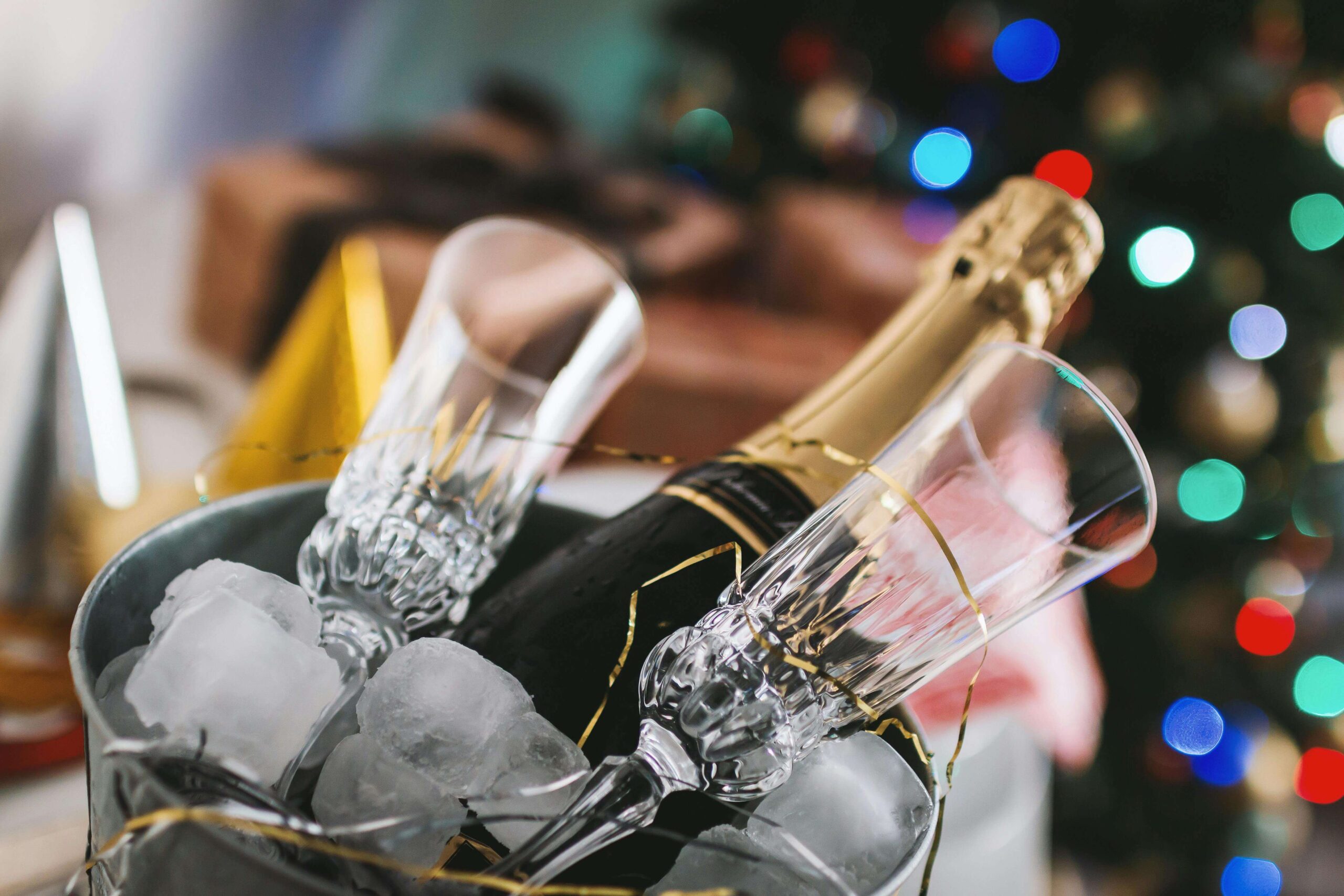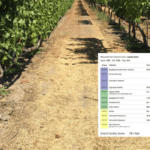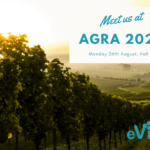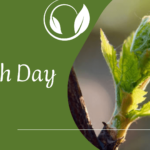The New Year is right around the corner, so happy December everyone. 😀
This is the time of the year when people like to celebrate and make a toast to a This is the time of the year when people like to celebrate and make a toast to a successful (or a little less successful) ending year and welcome the new year. And we need something special to toast with family, friends, and colleagues, like Champagne?!
But why exactly do we celebrate with Champagne?
Well, as usual, we have to look back into the history. But first things first! Do you really toast with Champagne, or is it sparkling wine?
Champagne vs. sparkling wine
To clarify, champagne is a sparkling wine …
Sparkling wine is wine that contains carbon dioxide (CO2). Naturally, carbon dioxide comes into the wine with the fermentation – sugar, in combination with yeast, produces alcohol and CO2 – if the gas stays in the bottle, the carbon dioxide will be released as tiny bubbles after opening.
… although every sparkling wine is not necessarily Champagne.
Champagne is a sparkling wine named after the region in France, Champagne. The region Champagne is located approximately 150 kilometres to the east of Paris. The name Champagne is protected and valid only under appellation (the name champagne can be used only by the growers from the Champagne region) with very strict rules for grape-growing and wine production.
Sparkling wines are produced in most wine-growing regions of the world some of Sparkling wines are produced in most wine-growing regions of the world. Some of them are, such as Champagne, protected by regional appellations, such as prosecco and cava. While Prosecco comes from the Veneto region in Italy, Cava comes from Catalonia, Spain.
Now, back to the history….
Why do we celebrate with Champagne?
The technology of bottling and corking drinks containing carbon dioxide (sparkling wine) was developed in the latter part of the 1500s in England. In 1662, scientist Christopher Merret discovered that adding sugar to wine promotes effervescence and makes sparkling wine sparkle-like. However, scientists needed some time to figure out the right amount of sugar required and avoid bottle explosions.
At that time, sparkling wine was a drink of European royal courts; as it was a very expensive drink, it was viewed as a status symbol. After the French Revolution in 1789 sparkling wine replaced formerly religious rituals and become more available to the general public. People began to sip the drink on special occasions such as weddings, baptisms, and other religious events.
Until today, sparkling wine has maintained its status symbol and is considered a drink for special occasions, except at weddings and New Year’s Eve. It is also a drink at sports events, where the winner gets sparkling wine for a big victory.
Not until the start of the 1800s did young French pharmacist André Francois discover the exact amount of sugar to induce a secondary fermentation (prise de mousse) – the unique element of Champagne – and subsequently create the most famous sparkle of all. And this is how the Champagne was made!
The Champagne gained popularity after 1849 when they built the railway between Paris and London, and Champagne was introduced to the London society.
So now that we know the difference between different sparkling wines and the history of the Champagne, two more notes before popping the cork.
- The sparkling wines are usually served cold, at about 8° C to 10° C, except the red sweet sparkling wines, which can be served at temperatures between 10° C and 12° C.
- The bubbles (carbon dioxide) in the sparkling wine help to absorb alcohol faster and, therefore, lead to quicker drunkenness and can cause bad hangovers. So, be careful how much you drink. 😉
Cheers to another successful year!
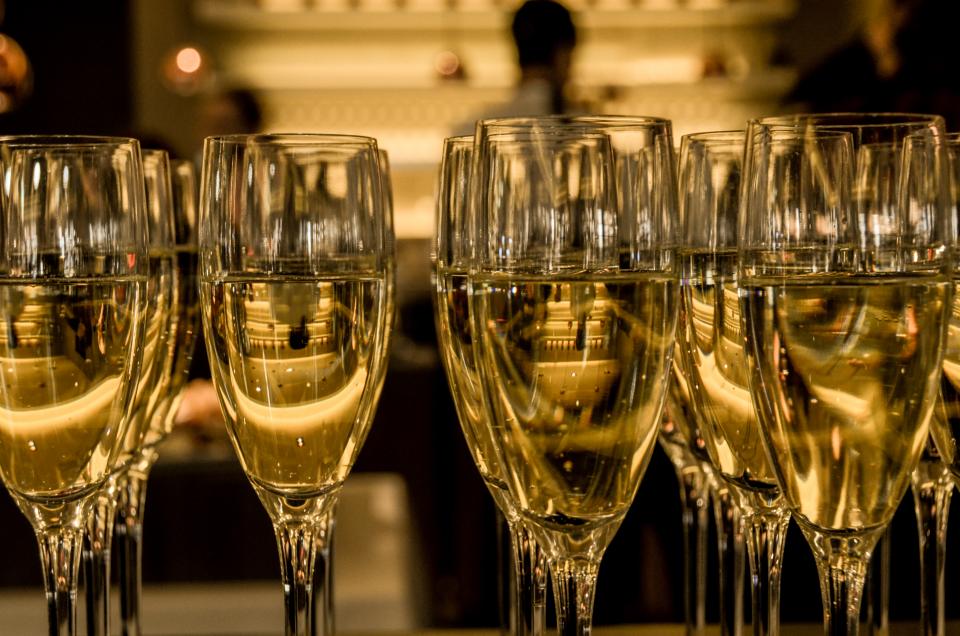
Sources:
- Why Champagne remains one of the most special wines in the world; By Paul Graham (for The Spectator)
- Why Do We Celebrate with Champagne?; By Remy Melina
- Wine Serving Temperature; By DiWineTaste
- Why champagne hangovers ARE the worst: Bubbles help you absorb the alcohol faster, causing you to get drunk quicker; By Madlen Davies (for MAILONLINE)
- Featured image by JESHOOTS
Updated on February 2025

